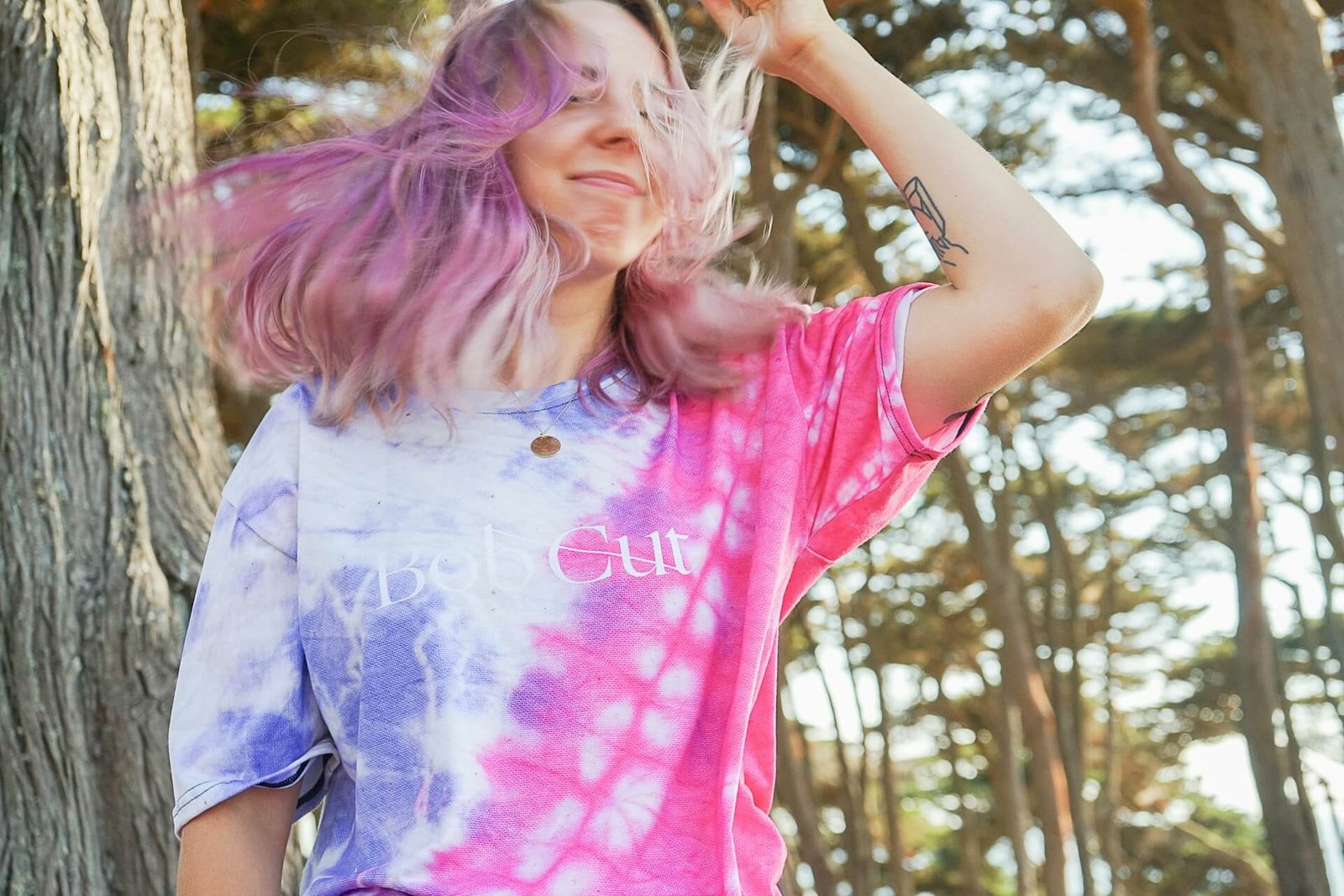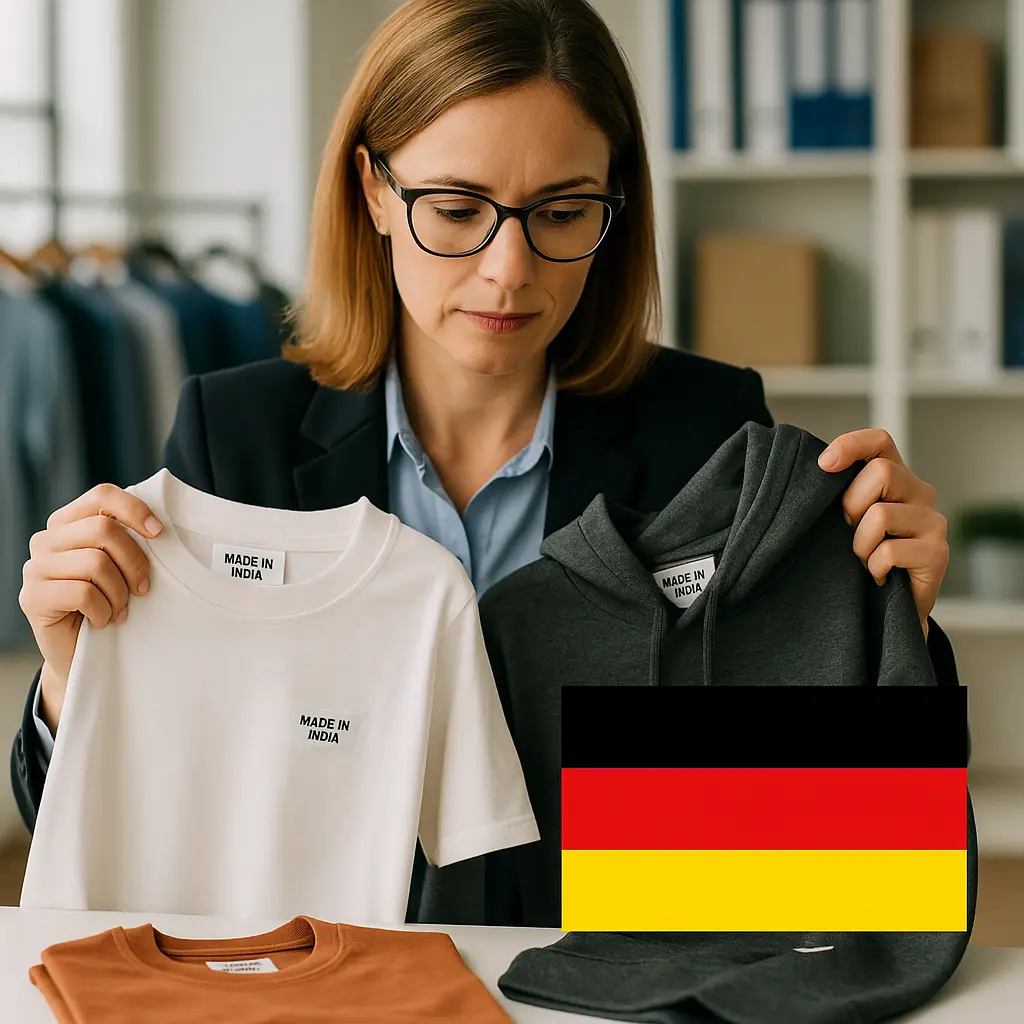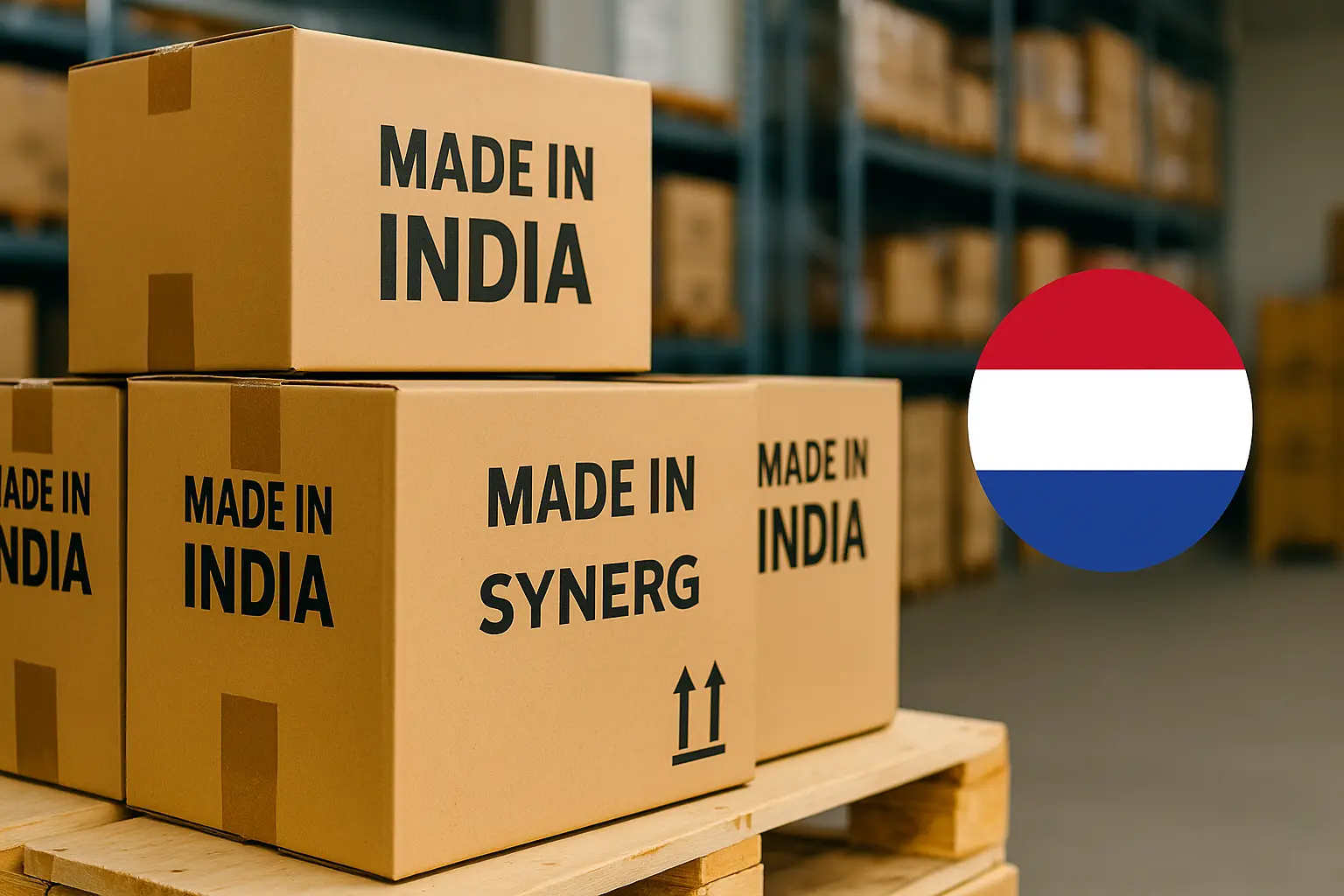Tirupur, known as the knitwear capital of India, is famous for its high-volume T-shirt production and textile innovation. One of the critical aspects of garment manufacturing here is the wide range of dyeing techniques used to achieve rich color, quality, and finish.
Here are the 10 most common dyeing techniques in India, used extensively by T-shirt manufacturers in Tirupur:
1. Reactive Dyeing
-
Used For: Cotton and cellulosic fibers
-
How It Works: Dyes form a covalent bond with the fiber in a dye bath with controlled pH and temperature
-
Benefits: Bright colors, long-lasting, excellent wash fastness
2. Vat Dyeing
-
Used For: Deep-colored fabrics
-
How It Works: Insoluble vat dyes are made soluble in a reduction bath, applied, and re-oxidized on the fabric
-
Benefits: Excellent color durability and light fastness
3. Pigment Dyeing
-
Used For: Cotton and blends
-
How It Works: Pigments are fixed to the surface using binders and heat
-
Benefits: Broad color range, cost-effective, good light fastness
4. Disperse Dyeing
-
Used For: Synthetic fibers like polyester
-
How It Works: Dyeing occurs at high temperatures using a carrier that helps penetrate the fibers
-
Benefits: Vibrant shades and excellent fastness on synthetics
5. Direct Dyeing
-
Used For: Light to medium shades on cotton
-
How It Works: Dyes are applied directly to the fabric and fixed with heat
-
Benefits: Simple and economical process
6. Acid Dyeing
-
Used For: Protein fibers (wool, silk) and nylon
-
How It Works: Dyes are fixed in an acidic bath at elevated temperatures
-
Benefits: Bright colors and strong wash fastness
7. Indigo Dyeing
-
Used For: Denim and cotton
-
How It Works: Multiple dips in indigo dye bath followed by air oxidation create the iconic blue
-
Benefits: Unique fades, durable, and suitable for fashion denim
8. Azoic Dyeing
-
Used For: Cotton and other cellulosic fibers
-
How It Works: A dye forms directly on the fiber by combining diazo and coupling components
-
Benefits: High color fastness and bold color output
9. Sulfur Dyeing
-
Used For: Dark shades like black and navy
-
How It Works: Dyeing is done in a sulfur dye bath followed by oxidation
-
Benefits: Cost-effective and good for heavy shades
10. Tie-Dyeing & Batik
-
Used For: Custom and artistic fabrics
-
How It Works: Uses resist techniques like tying or waxing to block dye in selected areas
-
Benefits: Handcrafted patterns, highly unique, fashion-forward
T-shirt manufacturers in Tirupur rely on these diverse dyeing techniques to serve fashion brands, activewear labels, and export markets. Whether it’s reactive dyeing for cotton or disperse dyeing for polyester, each method plays a vital role in achieving specific design and performance outcomes.
By combining modern dye chemistry with deep textile expertise, manufacturers in Tirupur continue to lead the way in quality, sustainability, and innovation.
✅ Ready to Create High-Quality T-Shirts with Precision Dyeing?
Partner with jersey t-shirt manufacturers who understand not just color—but quality, consistency, and compliance. At Synerg, we help global brands produce T-shirts that look great, feel better, and last longer.



